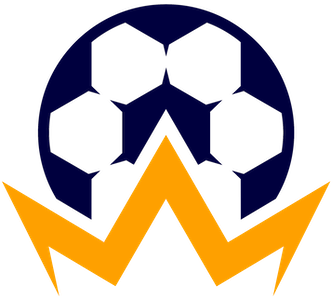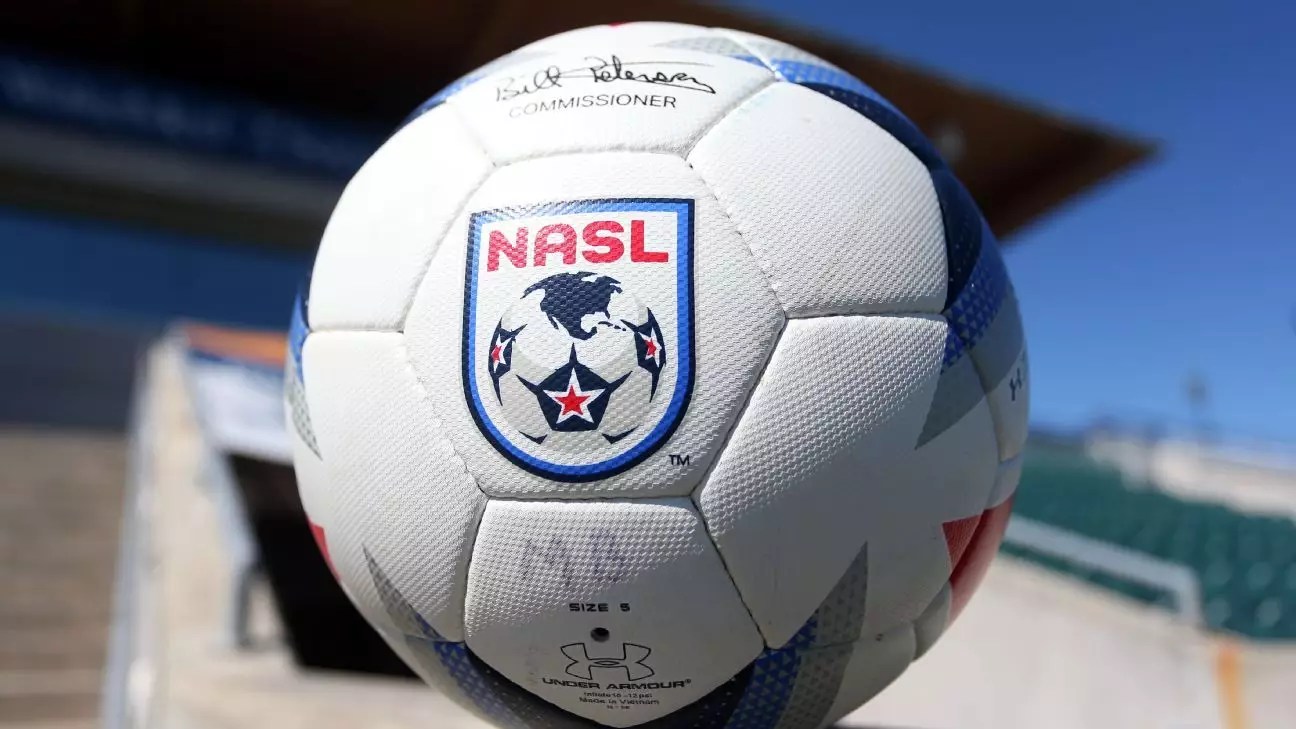The realm of sports governance often features passionate disputes, and the recent deliberations concerning the North American Soccer League (NASL) paint a vivid picture of the struggles that can occur in the sport’s competitive landscape. A federal jury’s ruling in favor of the U.S. Soccer Federation (USSF) and Major League Soccer (MLS) amidst accusations of antitrust violations by the NASL brings to light various intricacies within the sport and highlights the ongoing evolution of professional soccer in the United States.
This saga began in 2017 when the USSF denied the NASL’s attempt to secure designation as a Division 2 league, citing inadequate team numbers. In a swift response, the NASL initiated legal action against both the USSF and MLS, arguing that they had conspired to marginalize its existence and operational viability. Initially seeking an impressive $500 million in damages, the case has continued to evolve over several years, culminating in a significant court verdict that favored the defendants.
The NASL’s allegations, rooted in the assertion that the USSF’s Professional League Standards (PLS) were manipulated to favor MLS, offered a glimpse into the darker dealings often masked by the façade of competitive sporting. By claiming that the criteria had been modified to be arbitrarily restrictive in nature, the NASL sought to portray the USSF and MLS as unwilling to embrace a multifaceted competitive soccer ecosystem.
Over three weeks of detailed testimonies from a spectrum of notable figures, including former USSF president Sunil Gulati and various MLS stakeholders, brought to light the complexities surrounding the USSF’s governance. These testimonies were vital, as they established the integrity of the defendants’ case, emphasizing that the NASL’s struggles were primarily self-inflicted. With the NASL struggling to attract and maintain franchises, it became increasingly clear to the jury that the league’s management deficiencies contributed significantly to its decline.
In particular, the jury was tasked with determining whether the behavior exhibited by the USSF and MLS constituted a restraint on trade. The case sought to convince jurors of a conspiracy among the USSF, MLS, and other entities to monopolize league domination based on a perceived anti-competitive structure. However, the absence of direct evidence linking USSF and MLS to an intentional, coordinated effort to thwart the NASL led the jury to doubt the claims.
One significant aspect that shaped the jury’s verdict was the evidence presented regarding competition within the soccer landscape itself. The movements of teams across various leagues—such as the transition of Orlando City from Division 3 to Division 1—undercut the NASL’s arguments regarding monopoly control. The inherent fluidity of leagues demonstrated the existence of competitive dynamics in U.S. soccer that contradicted the NASL’s assertions.
In arguing its case, the defense highlighted that sports leagues thrive on a combination of competitive nature and market forces. This assertion effectively neutralized the NASL’s claims regarding antitrust violations and showcased a thriving ecosystem where teams can rise and fall based on their management and performance.
Following the jury’s decision, both the USSF and MLS expressed satisfaction, emphasizing a return to focus on cultivating soccer in the U.S. for players and fans alike. The USSF reaffirmed its commitment to fostering diverse professional leagues, while MLS portrayed the lawsuit as a smokescreen for NASL’s self-constructed obstacles.
NASL’s lead attorney was quick to announce plans for an appeal, claiming the trial experienced fundamental legal errors that could have swayed the jury’s understanding of applicable standards. This development indicates that the dispute is far from over, with the NASL likely persisting in its efforts to highlight perceived injustices within the system.
Ultimately, this case underscores the complex interplay of governance, competition, and market dynamics within the sporting world. The verdict not only serves as an endorsement of the USSF’s operational integrity but also raises broader questions about the viability of soccer leagues in America. It illuminates a landscape that must balance the competitive desires of emerging leagues with the established frameworks already in place.
As the judicial drama unfolds, the world of soccer continues its evolution in the U.S., reflecting growth and potential while also navigating its own set of challenges. Success in this arena will hinge on collaboration, investment, and a shared understanding of the collective goals of all involved stakeholders—a lesson that echoes beyond just soccer and into the essence of sportsmanship itself.


Leave a Reply